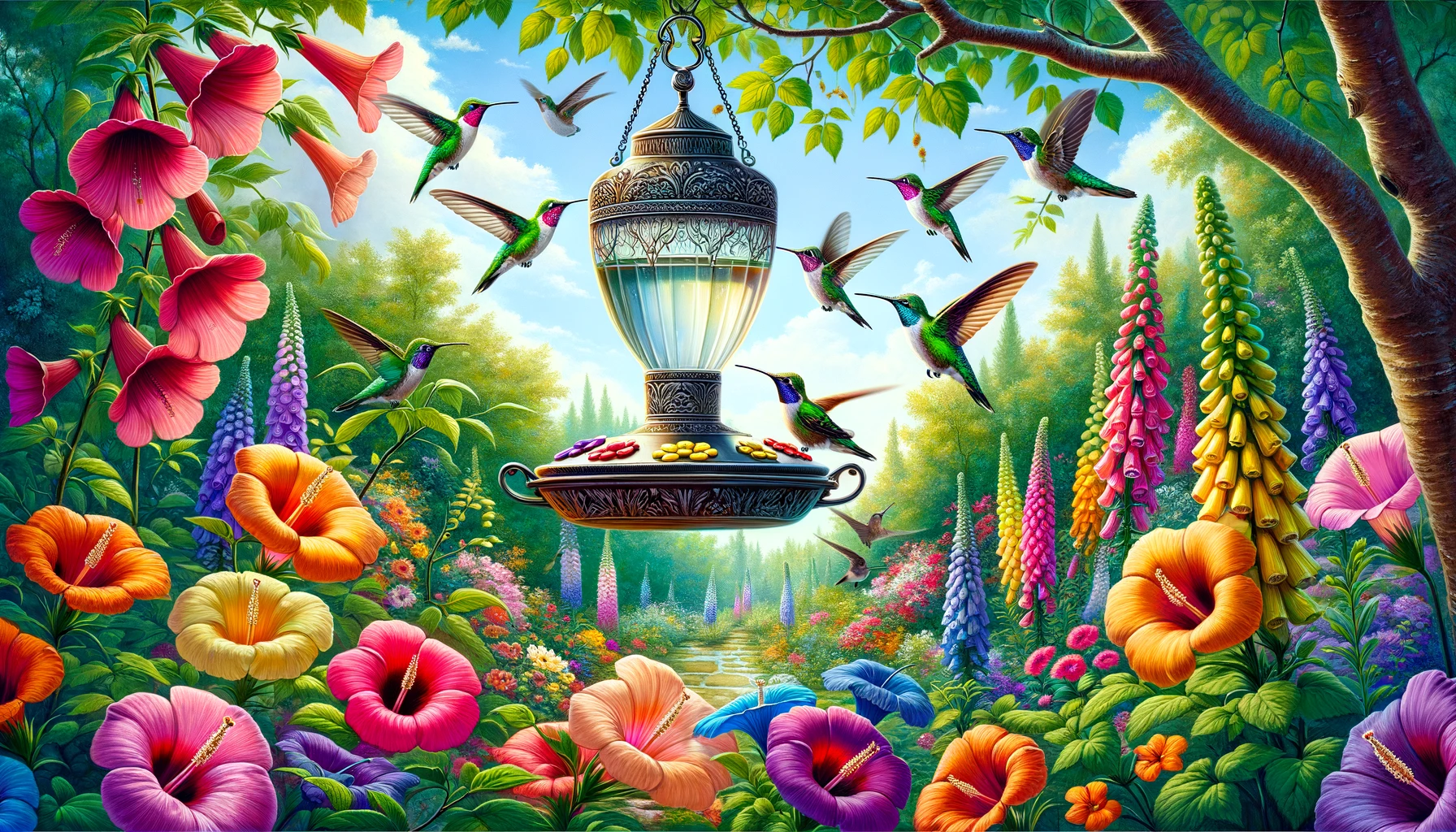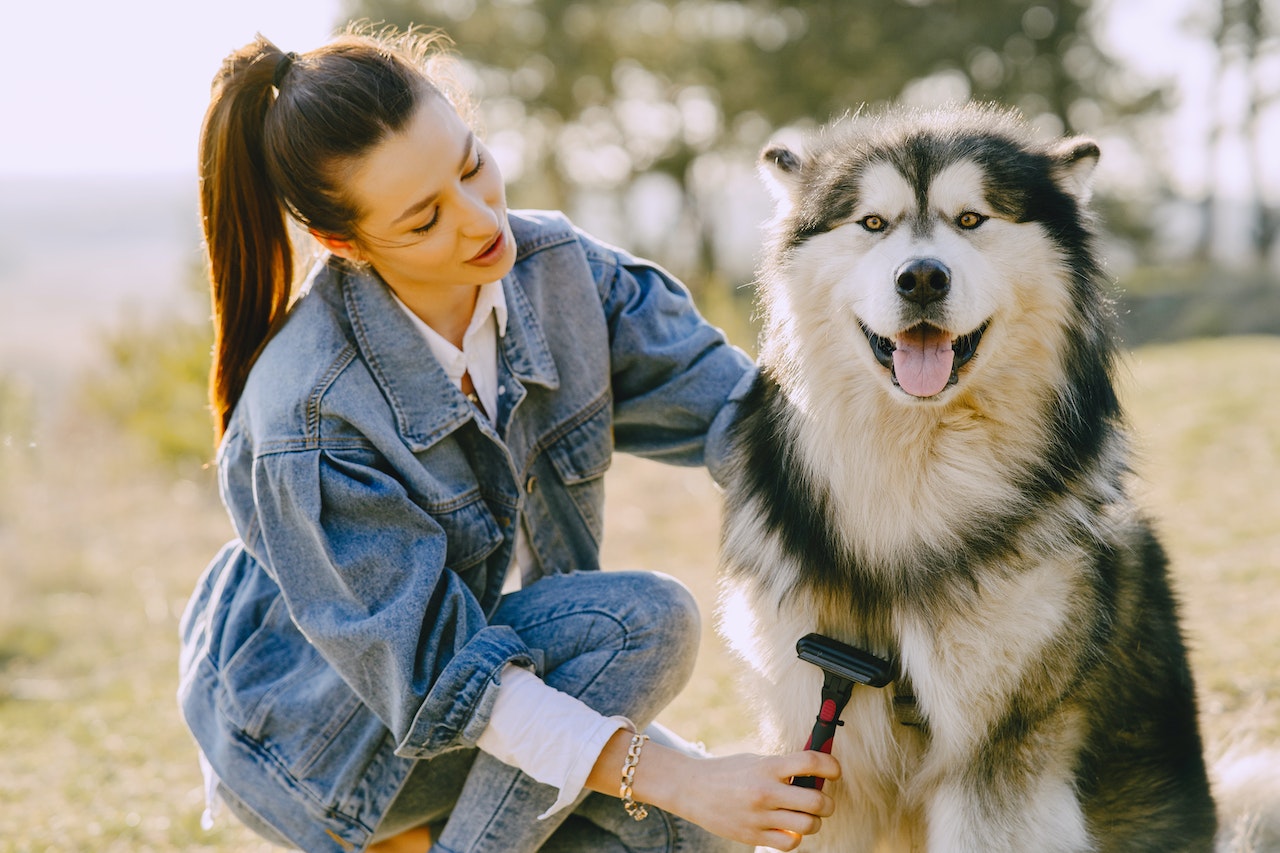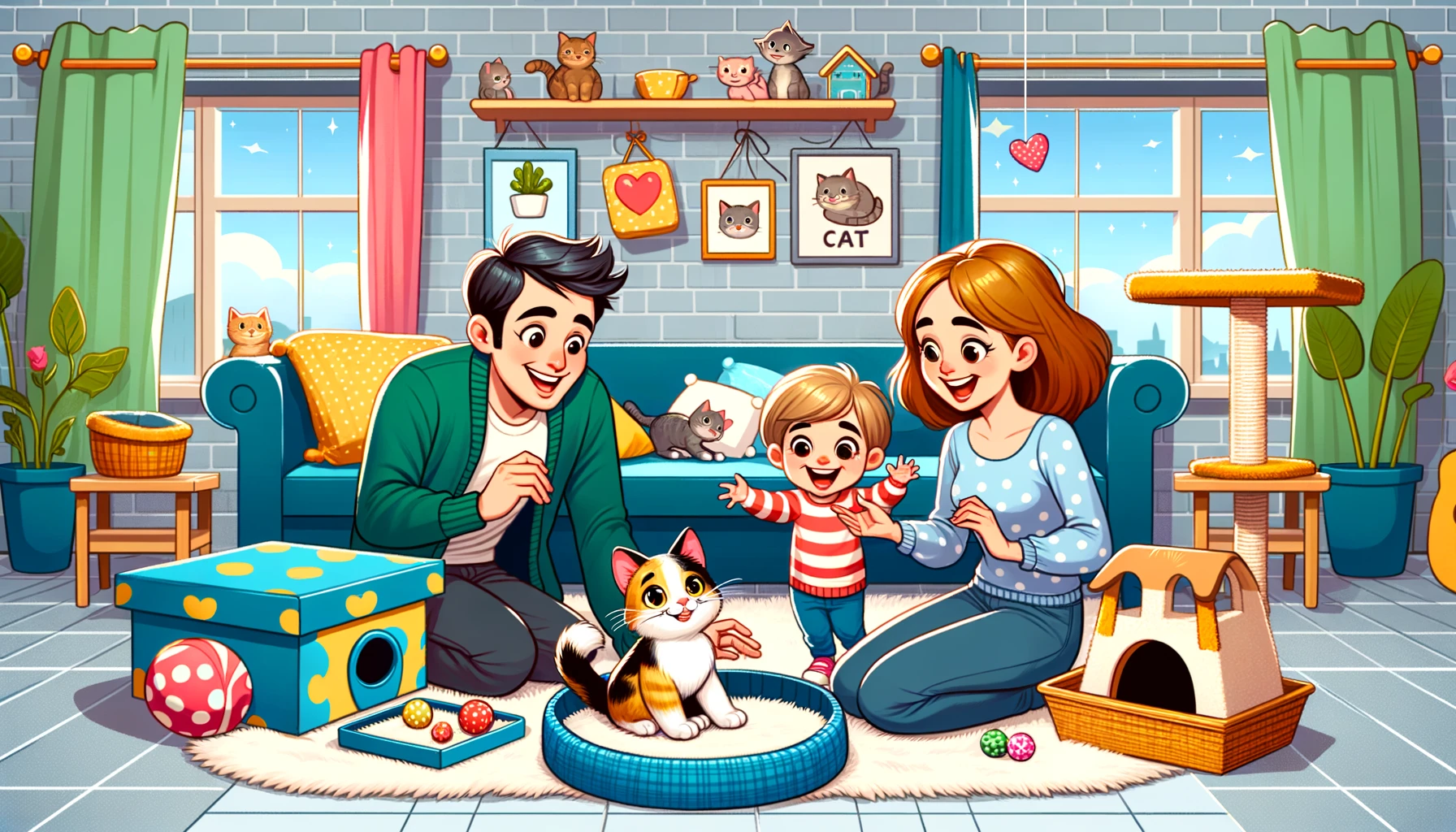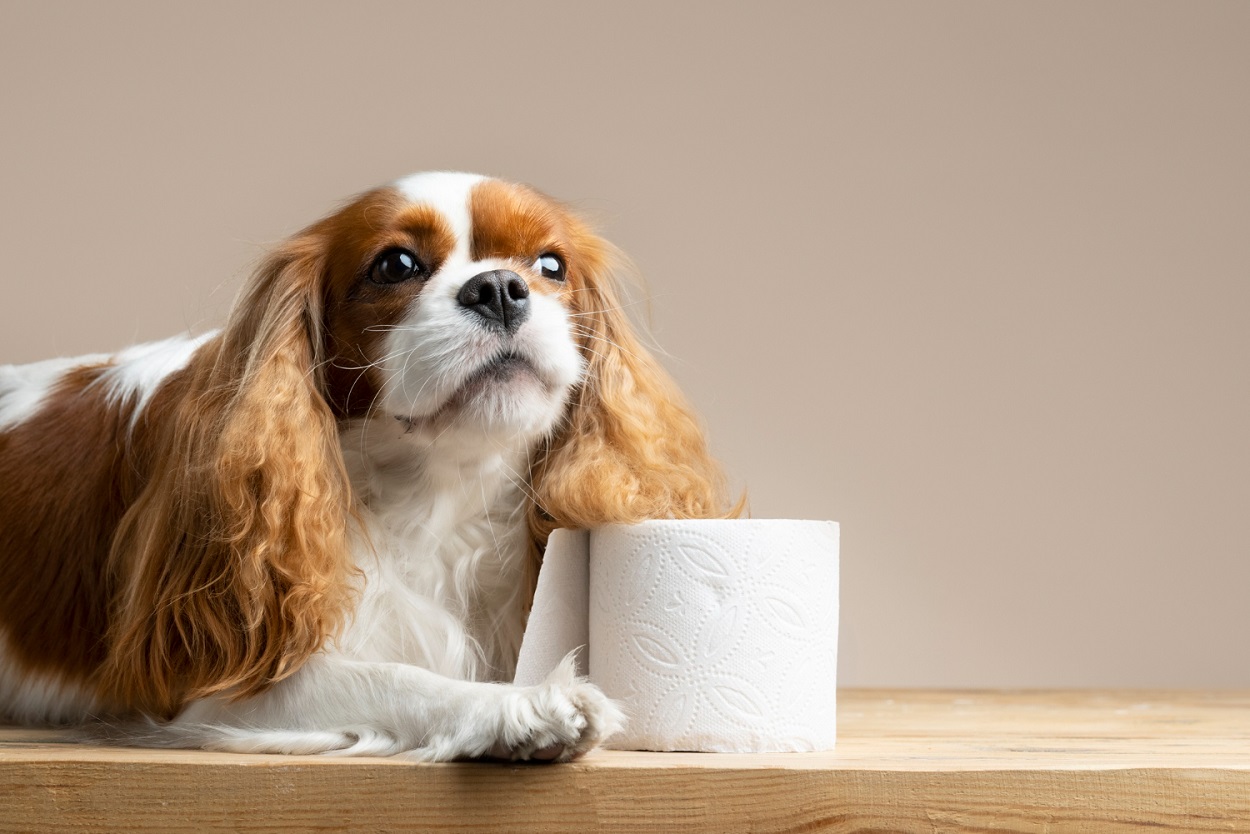Listen up, human. Today you’re going to embark on the most epicurean quest of your life. Nope, you’re not trying out for MasterChef, and Gordon Ramsay isn’t going to be yelling at you. (Sadly.) You’re about to concoct the finest, most delectable, finger-licking-good nectar that’ll have hummingbirds from neighboring states waiting in line, just for a taste. Why? Because, darling, you’re making hummingbird food.
Step 1: Decide Your Hummingbird’s Social Status
Are you serving royalty or just the every-bird? Before diving in, it’s paramount to know your audience. Just kidding, they’re hummingbirds. While they have a flair for drama, they’re not too picky about their sugar water.
Step 2: Gather The Exquisite Ingredients
Alright, brace yourself. You’re going to need some exotic items. Head to your local market, push past all the mundane human food, and grab these two wildly unique ingredients: water and white granulated sugar. Yep, that’s it. Do not – I repeat – do not add any additives, red dye, or honey. If you wanted to make a hummingbird cocktail party go awry, that would be the way to do it.
Step 3: Master the 4:1 Ratio
Now, for the magic. Are you familiar with the 4:1 ratio? No, it’s not a new dance move, nor is it the golden ratio. It’s even better. Four parts water to one part sugar. This might sound basic, but remember: it’s all about that blend. Too sweet, and your hummingbird might just pass out from a sugar rush. Too watery, and they’ll think they’re sipping on some bland birdie tea.
Boil your water (because we’re classy like that and want to kill any potential bacteria). Once it’s boiling, take it off the heat and stir in the sugar until it dissolves. Imagine you’re a barista making the finest artisan coffee – but cheaper.
Step 4: Cool it, Hotshot
Once you’ve stirred in the sugar, you’ll need to let the mixture cool. This isn’t iced tea for a Southern porch gathering; it’s top-notch hummingbird nectar. If you serve it hot, you risk the wrath of tiny, irate birds dive-bombing you. It’s better to watch the drama from a nature documentary than to live it. Let the mixture come down to room temperature or cool it in the fridge.
Step 5: Presentation is Everything
Choose a hummingbird feeder that’s more fabulous than your grandmother’s crystal chandelier. Clean it thoroughly to ensure no mold or debris. You wouldn’t want to serve cocktails in a dirty glass, right? Now, fill it up with the chilled nectar, hang it outside, and prepare yourself for the Grand Hummingbird Gala.
Step 6: Red Carpet, or Rather, Red Feeder Arrival
Now that you’ve made the hummingbird equivalent of a five-star meal, it’s time to consider the ambiance. Birds, much like humans, appreciate a bit of decor. Sure, they might not discuss it in their birdie book clubs, but ambiance matters. If you’ve opted for a plain Jane feeder, consider jazzing it up with some colorful flowers around it. You want those hummers to feel like A-listers arriving at the Oscars, after all.
Step 7: VIP (Very Important Pollinators) Treatment
Did you know hummingbirds are essential pollinators? Yes, those little sprites aren’t just here to dazzle us with their aerial acrobatics. They work hard, zipping from flower to flower, transferring pollen like pro couriers. Give them a helping hand by planting nectar-rich flowers in your garden. That way, after they’ve sipped your gourmet blend, they can head to the “after-party” in your flower bed.
Step 8: The No-Paparazzi Zone
Despite their glittery, flashy appearance, hummingbirds are shy creatures at heart. Make sure your feeder is placed in a relatively quiet location, away from high traffic areas. The last thing they want is to be gawked at like celebrities without their makeup on. And please, no sneaky photos. These birds didn’t sign up for the paparazzi life.
Step 9: Throwing Shade (The Good Kind)
While hummingbirds are sun-worshippers, ensuring a bit of shade for them will be much appreciated. Especially during those scorching summer months. Remember, hummingbirds might be nature’s helicopters, but they can’t fan themselves. Shade provides a cool resting spot for our feathered friends.
Step 10: Keep the Tabloids (a.k.a. Ants) Away
Ants are the tabloid reporters of the hummingbird world, always trying to get in on the action and spoil the fun. To keep these pesky intruders away from your nectar, consider an ant moat or applying petroleum jelly around the hanging rod.
In the grand finale, it’s worth noting that hummingbirds, while diva-like in their demands, are simple creatures. They need food, water, and a bit of love. Your Michelin-star hummingbird nectar will not only nourish them but will also provide endless hours of entertainment for you.
So, as you sit back, relax, and watch the aerial ballet unfold in your backyard, remember: You’re not just a bird feeder. You’re a hummingbird legend!
Pro Tips for Feeding Hummingbirds
- The Art of Seasonal Adjustments
Hummingbirds have varying nutritional needs depending on the season. During spring, a standard 4:1 water-to-sugar ratio works well. However, in colder months, consider making the mixture a bit richer (3:1 ratio) to provide extra calories that help them maintain their energy.
- Regular Refreshment is Key
Change the nectar every few days, even if it hasn’t been fully consumed, to prevent fermentation and bacterial growth. In hotter weather, change it more frequently as the heat accelerates spoilage.
- The Early Bird Special
Hummingbirds are early risers. Having your feeders filled and ready at dawn ensures they find the necessary sustenance right when they start their day, making your garden a preferred breakfast spot.
- Winter Warriors
If you live in a warmer climate where hummingbirds stay year-round, continue providing nectar in winter. This helps those who don’t migrate and need reliable food sources during the colder months.
- Be a Hummingbird Whisperer
Over time, try gently moving closer to the feeder when birds are present. With patience and stillness, you may get lucky enough to have a hummingbird trust you enough to feed near you, offering a magical and close-up experience.
- Document Your Visitors
Keep a journal or log of the hummingbirds visiting your feeder. Note their colors and behaviors. This can be a delightful way to track the variety of visitors and their habits over time.
- Be a Part of Citizen Science
Consider participating in hummingbird tracking and monitoring programs. Your observations can help scientists track migration patterns and population health, contributing to conservation efforts.
- Spread the Love
Encourage neighbors and friends to set up their own hummingbird feeders. The more nectar sources available, the better it is for the hummingbird population, ensuring these tiny birds thrive in your community.
- Mindful Maintenance
Regularly inspect and clean your feeders. Check for any cracks, leaks, or mold. A well-maintained feeder is not only safer for the birds but also ensures a longer lifespan for your feeder.
- Harmony with Nature
Aim to create a hummingbird-friendly habitat in your yard. This includes minimizing pesticide use, as hummingbirds not only feed on nectar but also consume small insects and spiders for protein.
Frequently Asked Questions About Making Hummingbird Food
Red dye is unnecessary and could be harmful to hummingbirds. The birds are attracted to the red parts of feeders, not the color of the nectar itself. Natural, clear nectar is healthier and safer for them.
Clean your hummingbird feeder at least once a week, more frequently in hot weather. Use hot water and a mild detergent, and rinse thoroughly. Regular cleaning prevents mold and bacteria growth, which can harm the birds.
No, it’s best to stick with plain white granulated sugar. Brown sugar, honey, and artificial sweeteners can be harmful to hummingbirds. Brown sugar and honey can promote bacterial growth, while artificial sweeteners offer no nutritional value.
To deter ants, use an ant moat above the feeder. For bees, choose a feeder with bee guards or ports that are too deep for bees to reach the nectar. Also, ensure there are no leaks or spills that attract them.
Yes, tap water is generally safe for making hummingbird food. If you’re concerned about water quality, you can use filtered or bottled water.
If the nectar becomes cloudy, develops a foul odor, or you see black mold around the feeder ports, it’s time to change the nectar and clean the feeder.
Place the feeder in a spot that’s shaded for part of the day to slow fermentation. It should be visible to birds, away from high-traffic areas, and out of reach of predators.
Yes, you can prepare a larger batch of hummingbird nectar and store the excess in the refrigerator for up to two weeks. Ensure it’s brought to room temperature before refilling the feeder.
Start putting out feeders in early spring when hummingbirds begin their migration north. Keep them out until late fall when they migrate south. If you live in a region with year-round hummingbirds, you can keep feeders out all year.
Apart from feeders, plant a variety of nectar-rich flowers. Providing natural food sources and shelter will make your garden more attractive to hummingbirds.



